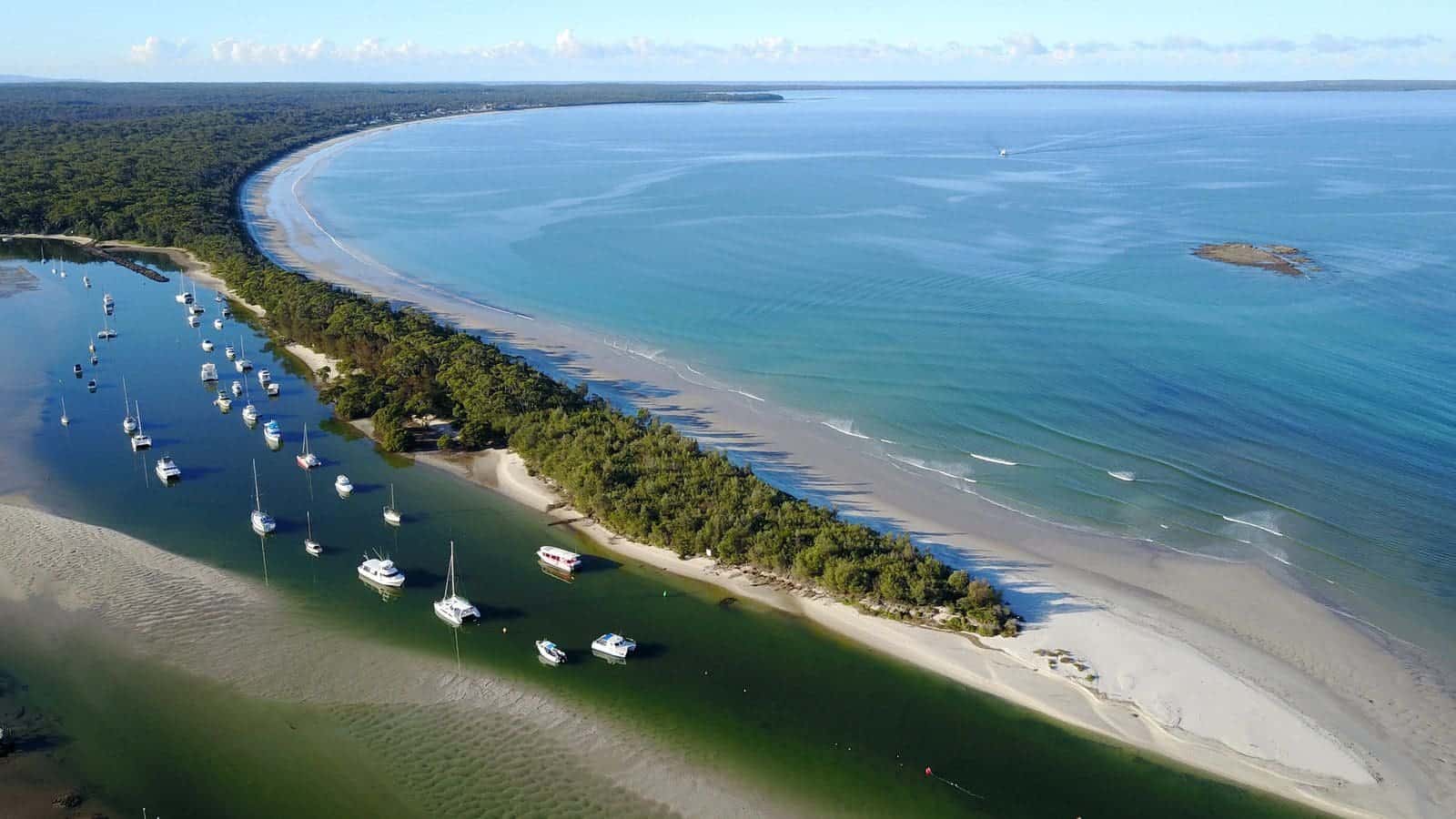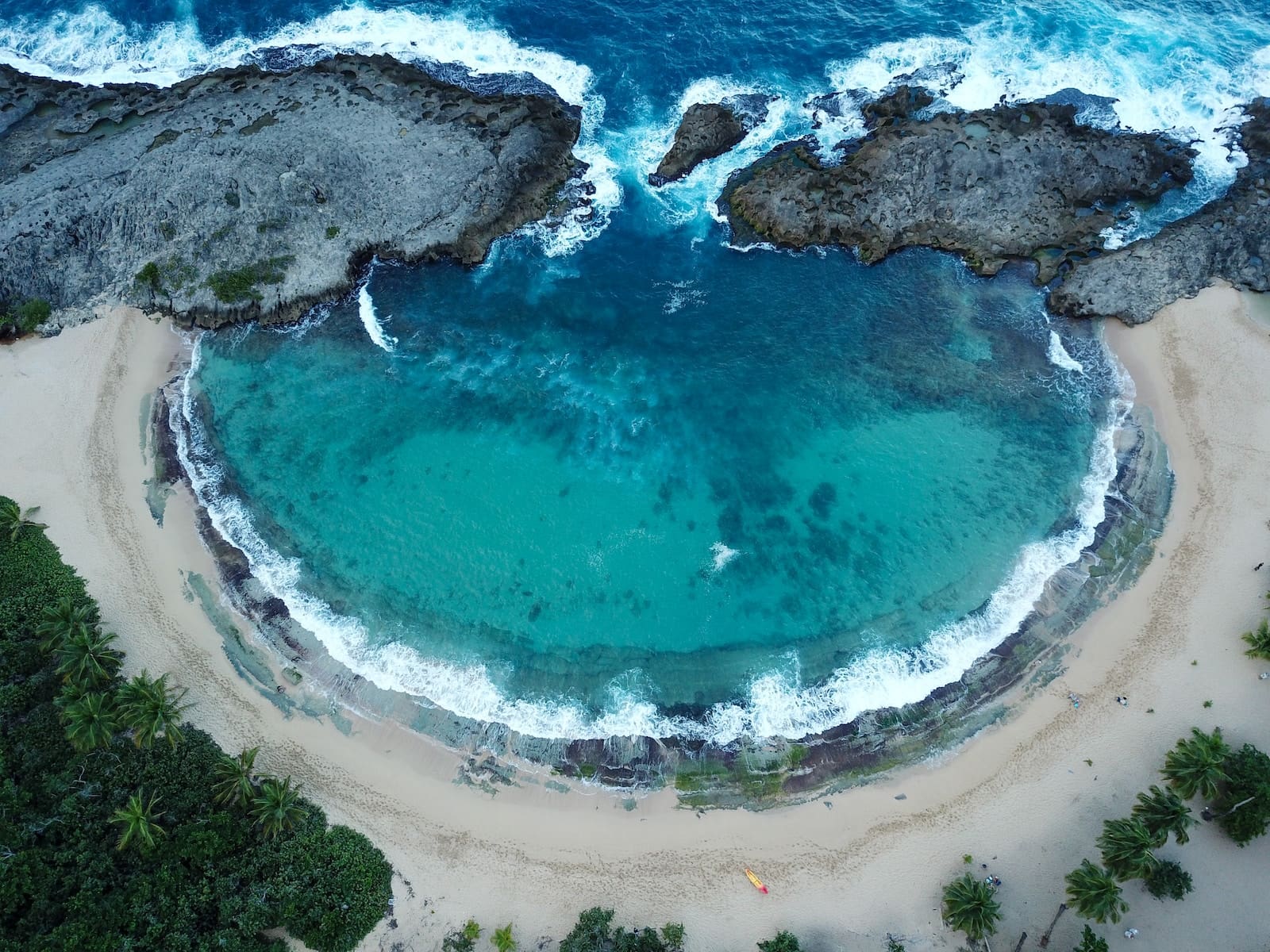An estuary and a lagoon are both inland water bodies that have a connection between the sea and the ocean and can easily be confused.
However, they differ from each other because of the type of water they hold, the shape of the water body, barriers, and the ecosystem that they support.
Key Takeaways
- Estuaries are partially enclosed coastal bodies of water where freshwater from rivers or streams meets and mixes with saltwater from the ocean. At the same time, lagoons are shallow, separated bodies of water along the coast, protected by barrier islands, sandbars, or reefs.
- Estuaries are characterized by high biodiversity and serve as important habitats and breeding grounds for various species. At the same time, lagoons are more isolated and can have lower levels of species diversity.
- Estuaries are crucial in water filtration, nutrient cycling, and sediment transport, whereas lagoons primarily function as coastal buffers and recreational areas.
Estuary vs Lagoon
An estuary is a partially enclosed coastal body of water where saltwater from the ocean mixes with freshwater from rivers and streams.They are found where rivers meet the sea. A lagoon is a shallow, saltwater body of water that is separated from the open ocean by a narrow strip of land, such as a barrier island or coral reef.

An estuary is a waterbody formed in areas where saltwater from the ocean mixes with fresh water from inland water systems like a river.
This results in a mixture of brackish and freshwater, giving the area a characteristic flora and fauna that is suited to the mixed environment.
A lagoon is an isolated shallow body of water separated from a larger body of water by barrier islands or coral reefs. Lagoons are commonly divided into coastal lagoons and atoll lagoons.
Lagoons are part of the following ecosystems: coral reefs, barrier reefs, estuaries, and deltas.
Comparison Table
| Parameters of Comparison | Estuary | Lagoon |
|---|---|---|
| Meaning | An estuary is a waterbody formed in places where salt water mixes with freshwater. | A lagoon is a freshwater body connected to the ocean but separated from it by distinct barriers. |
| Water Type | Estuaries have mixed water systems. | Lagoons are freshwater ecosystems. |
| Mixing Barriers | Estuaries have no barriers. | Lagoons are separated from the oceans via coral reefs, atolls, and other barriers. |
| Ecosystem They Support | Estuaries support animals and plants that are accustomed to both brackish and freshwater ecosystems like mangroves. | Lagoons are mainly for freshwater organisms and corals. |
| Types | Estuaries are classified into four major types- fjords, river valleys, bar-built and tectonic. | Lagoons are classified into two major types-coastal and atolls. |
What is Estuary?
An estuary is a water body where the salt water from the ocean mixes with the fresh water from the river or stream. They are at the end of a river, or the end of a lake, or even a lagoon.
If an artificial canal is due to the ocean or sea, it is also an estuary; however, it can also be bar-built or fjords.
Estuaries can be found where salty ocean water passes from the sea and flows into the river. In the estuary, there is a mixture of salt and fresh water. It floats at the top as the fresh water is lighter than the salt water.
The saltwater has to flow over the freshwater. This is how the saltwater gets diluted.
Estuaries have specific habitats, like marshlands and mudflats, and are more vulnerable to human impacts. The area is known for its high amounts of salinity, so it can also be called a salt marsh.
An estuary is a breeding ground for birds, fish, and other organisms. These areas are more productive for marine animals and plants than their surrounding waters because the tides and river currents bring nutrients and freshwater into the area.
They are also very important for humans as they provide jobs, recreation, and tourism.

What is Lagoon?
A lagoon is a shallow body of water separated from a larger body of water by barrier islands or reefs. Lagoons are located along the coast but have also been identified in rivers and lakes.
Lagoons have a wide variety of shapes and sizes. It is common for small islands or reefs to be present in the lagoon.
Although there are some lagoons in large lakes, these are referred to as “arms”. They are unique ecosystems, especially with the flora and fauna that inhabit them.
Oftentimes they get their water from streams or rivers, and they are shallow.
Lagoons are commonly divided into coastal lagoons and atoll lagoons, depending on whether they are found on the coast or inland.
Lagoons are found in many places, including the Great Barrier Reef and the Maldives. Lagoons can also be artificially made. One example is the Venice Lagoon.
Usually, lagoons are not considered a part of the larger water body, but they are connected to it, making the water in it salty at the periphery.
However, lagoons are freshwater bodies and proc=vide an excellent place for getting freshwater on islands and coasts. They support various freshwater organisms that may or may not communicate with the ocean.

Main Differences Between Estuary and Lagoon
- Estuaries are mostly located at the place where a river flows into an ocean, a lake, or another river, whereas lagoons are found in coastal areas but can also be formed more inland, but these are rare.
- Estuaries are bigger compared to lagoons.
- Estuaries have a free connection to the saltwater body like sea or ocean, whereas the connection between a lagoon and the sea is hindered by barriers.
- Estuaries are long and narrow, shaped like a funnel, whereas lagoons are characteristically circular. However, estuaries can also form deltas and may be separated by silt and sandbars.
- Estuaries have more depth of water, whereas lagoons are shallow water bodies. But there are exceptions to both.

- https://tamug-ir.tdl.org/handle/1969.3/24383
- https://journals.ametsoc.org/view/journals/phoc/39/4/2008jpo3958.1.xml?tab_body=fulltext-display
- https://www.jstor.org/stable/1485088
